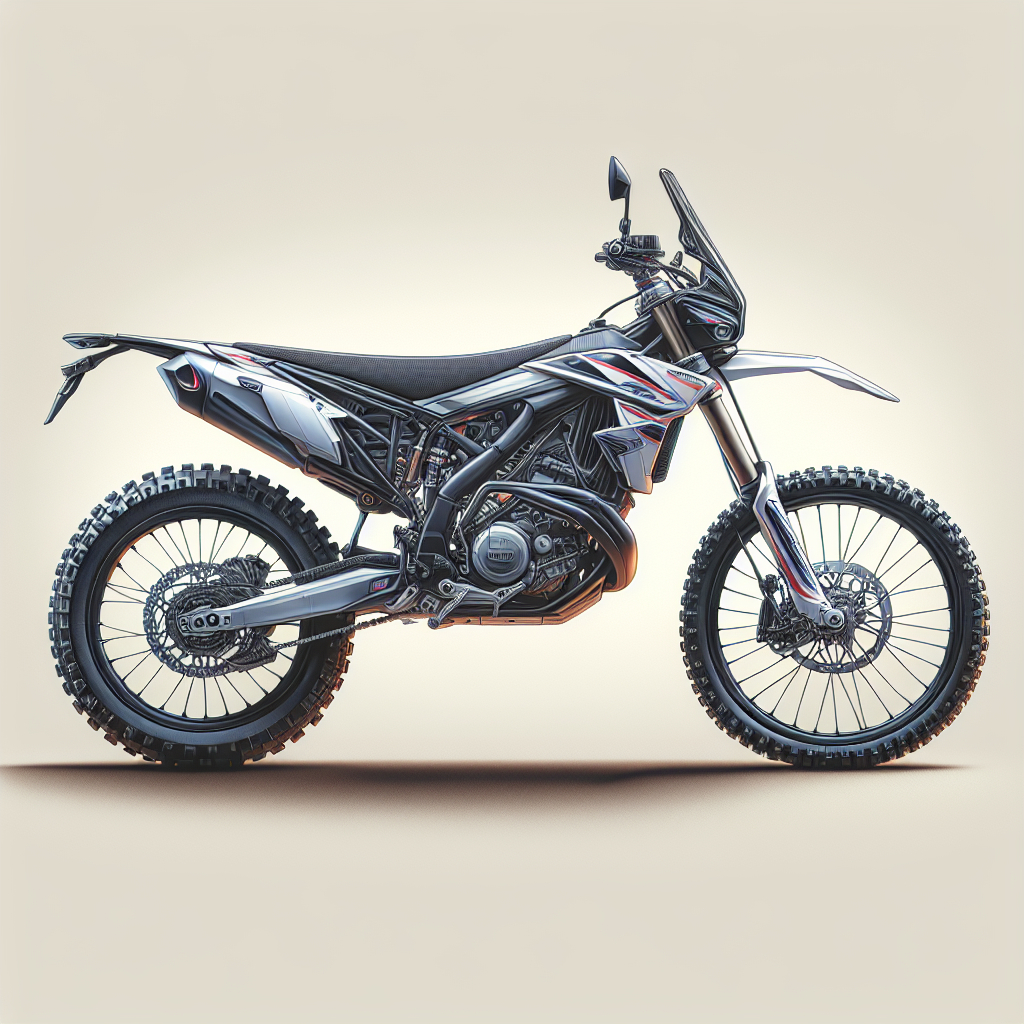
Enduro bikes have become increasingly popular among mountain biking enthusiasts due to their versatility and ability to handle tough terrain. These machines are designed to excel in a variety of conditions, making them a favorite for riders who crave adventure and challenge. In this article, we will explore the unique features of enduro bikes and why they are the go-to choice for many off-road cyclists.
Design and Features of Enduro Bikes
Enduro bikes are specifically engineered to tackle a wide range of terrains, from rocky trails to steep descents. One of the key characteristics of these bikes is their robust frame, which is typically made from high-strength materials such as aluminum or carbon fiber. This ensures durability and the ability to withstand the rigors of aggressive riding.
Another notable feature is the suspension system. Enduro bikes are equipped with both front and rear suspension, often with travel ranging from 150mm to 180mm. This allows the bike to absorb shocks and maintain stability on uneven surfaces. The suspension system is usually adjustable, enabling riders to fine-tune their setup based on the specific trail conditions they encounter.
The geometry of enduro bikes is also tailored for performance. They have a slacker head angle, which provides better control and stability during descents. The longer wheelbase enhances traction and balance, making it easier to navigate technical sections. Additionally, the lower bottom bracket height improves the bike’s center of gravity, contributing to a more planted feel on the trail.
Components and Customization
Enduro bikes come with a range of high-quality components that are designed to withstand the demands of off-road riding. The drivetrain is typically a 1x setup, which simplifies gear shifting and reduces the risk of chain drops. This setup also allows for a wider gear range, making it easier to tackle both climbs and descents.
Braking performance is crucial for enduro riding, and these bikes are equipped with powerful hydraulic disc brakes. These brakes offer excellent stopping power and modulation, which is essential for maintaining control on steep and technical descents. The larger rotors commonly found on enduro bikes further enhance braking performance.
Customization is another significant aspect of enduro bikes. Riders can choose from a variety of wheel sizes, with 27.5-inch and 29-inch being the most common. Each size has its advantages; 27.5-inch wheels are more agile and easier to maneuver, while 29-inch wheels offer better rollover capability and stability. Many enduro bikes also feature dropper seatposts, allowing riders to quickly adjust their saddle height on the fly, which is particularly useful when transitioning between climbing and descending.
Enduro Racing and Community
Enduro racing has gained immense popularity in recent years, attracting riders from all over the world. These races typically consist of multiple timed downhill stages, with untimed uphill transitions in between. The format tests a rider’s endurance, technical skills, and ability to navigate diverse terrain. Enduro races are often held in stunning natural locations, adding to the appeal for participants and spectators alike.
The enduro community is known for its camaraderie and supportive atmosphere. Riders often share tips, trail information, and maintenance advice, fostering a sense of belonging and mutual respect. Group rides and local events provide opportunities for riders to connect, learn from each other, and push their limits in a friendly and encouraging environment.
Maintenance and Care
Maintaining an enduro bike is essential to ensure its longevity and performance. Regular cleaning and lubrication of the drivetrain help prevent wear and tear. It’s also important to check the suspension components and make sure they are functioning correctly. Many riders opt for professional servicing to keep their suspension in top condition.
Tire pressure is another critical factor in enduro riding. Running the correct pressure can significantly impact traction and control. Riders often experiment with different pressures to find the optimal balance for their specific riding style and trail conditions. Tubeless setups are common in enduro bikes, as they reduce the risk of punctures and allow for lower tire pressures, enhancing grip and comfort.
Conclusion
Enduro bikes are versatile machines that offer a perfect blend of durability, performance, and adaptability. Whether you’re tackling rocky descents, technical climbs, or flowing singletrack, an enduro bike is designed to handle it all. With their advanced features and customizable components, these bikes provide an unparalleled riding experience for those who seek adventure and challenge in the great outdoors. The growing popularity of enduro racing and the supportive community further highlight the appeal of these remarkable bikes. Investing in an enduro bike opens up a world of possibilities, allowing riders to explore new trails and push their limits with confidence.

